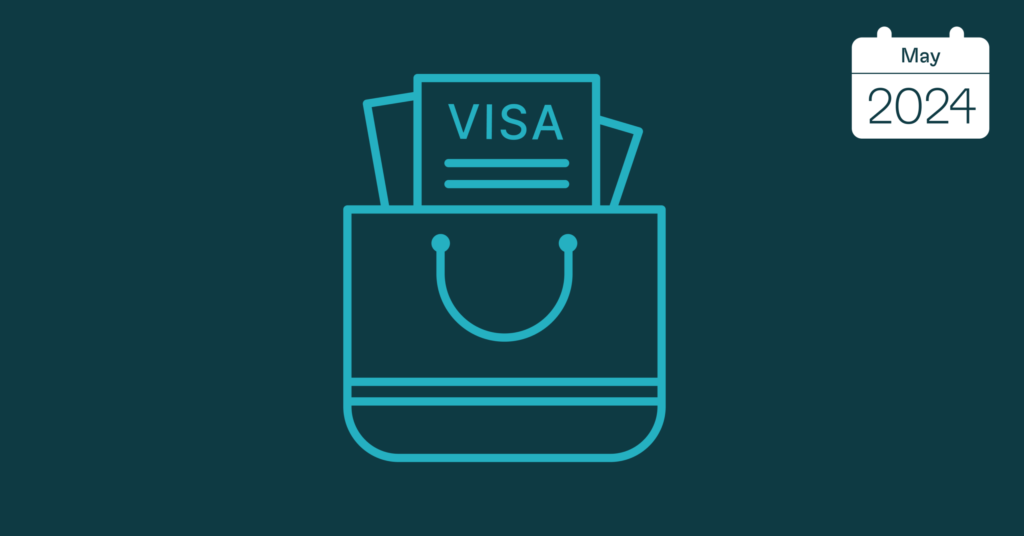by Claudia Gualdi
How does ‘visa shopping’ work?
The ‘visa shopping’ trick has become popular for overcoming bureaucratic hassles in some EU countries. In other words, travellers who need a Schengen Visa do visa shopping by applying for a Schengen Visa where it’s expected to be approved faster, rather than in the Schengen country where they intend to stay.
The Schengen Visa (C type) grants entry and stay to all countries under the Schengen agreement for up to 90 days within 180 days. Statistics show that officials of Iceland, Finland, Latvia, and Lithuania approve Schengen visas more than officials of popular EU countries, namely France, Italy, Germany, and Scandinavia. There, waiting times and rejections are higher.
The border-free area recently expanded, with Romania and Bulgaria officially joining on 31 March 2024. They are attracting more visitors to explore the southeastern region of the continent. Schengen visa requests are now exceptionally higher than usual — as we’re heading to the summer season, and because France, one of the most visited EU countries, will welcome around 15 million visitors during the Olympic and Paralympic events in July-August 2025.
Appointments for submitting Schengen C visa applications are limited. Therefore travellers should apply as early as possible for upcoming travel to the Schengen Area. Travellers heading to more than one European country during their trips should apply for the Schengen Visa in the country that allows them the maximum stay. If they intend to visit two or more countries for an equal number of days, they should apply for a visa in the first country of the travel itinerary, or the one that will be the main destination of their stay (Art. 5 of the Schengen Visa Code). However, waiting times in some countries are long, and delays are frequent. This is the reason why some travellers resort to visa shopping to not cancel their travel plans.
What are the consequences of visa shopping?
The EU Visa Code sets out common rules and procedures for issuing short-stay visas within the Schengen Area, including provisions to prevent visa shopping, such as restrictions on multiple visa applications and an evaluation mechanism to assess the risks associated with visa applications. When applicants are caught doing ‘visa shopping’, they may face consequences in future visa applications in the same country.
The practice has gained popularity among travel companies too, for example in India, to facilitate entry of Indian tourists into Europe. Russian nationals, who are still subject to Schengen visa restrictions since the beginning of the war in Ukraine, are also known for applying for Schengen visas at several member states’ consulates.
Practicing visa shopping is not illegal. The application is valid as long as travellers follow the guidelines and norms of the visa process and receive valid permission to stay. Yet there might be some consequences such as the refusal of the visa upon arrival in the Schengen zone. Officials may consider the visa not valid if it doesn’t match travel plans based on the provided travel itinerary, hotel bookings, etc. They could offload travellers from the plane or reject them at the European Union (EU) external borders. More issues could come up when a traveller obtains a visa for one country but remains in another. When authorities find out that the person did not intend to stay in the visa-issuing country but just wanted to use it to get into the Schengen Area, the visitor might represent a threat to the Schengen Area’s border management and security.
Tourists, exchange students, and people visiting for business from the US, the UK and Canada, can travel in the Schengen area for up to 90 days without a visa. However, they’ll soon need to apply for an ETIAS (the new travel authorisation for visa-exempt travellers to enter 30 European countries, set to be launched in mid-2025).
What is being done to limit visa shopping?
Overall, the EU combats visa shopping with legislative measures and tech solutions like intra-EU data sharing. Plus, an enhanced cooperation to harmonise the EU visa system.
Technology plays a big role in improving and reinforcing external borders through information exchange with the Schengen Information System (SIS), which helps to identify individuals posing a threat to public order and security.
The EU is also working on the harmonisation of visa policies among Schengen member states. This includes establishing common visa application forms, requirements, and processing standards. The Visa Information System (VIS) is one of many tools introduced by Schengen states. The system processes data and decisions concerning visa applications for short stays or transit through the Schengen Area. It also facilitates exchanging data between member states concerning people entering on short-stay visas. And visa applications from third-country citizens who wish to enter the EU Schengen area. Thus, this system ultimately helps prevent visa shopping.
Schengen member states cooperate closely to identify and address emerging challenges related to visa shopping. This includes sharing best practices, conducting joint risk assessments, and coordinating efforts to combat irregular migration and document fraud.
Through the future single EU Online Visa application platform, applicants will be able to apply for a Schengen visa online, regardless of the Schengen country they want to visit. Schengen C visa appointments are not expected to increase in availability anytime soon. Although the new platform will reduce delays and waiting times. Its launch date is expected for 2028, leaving a long way yet to make visa shopping an old trend.

